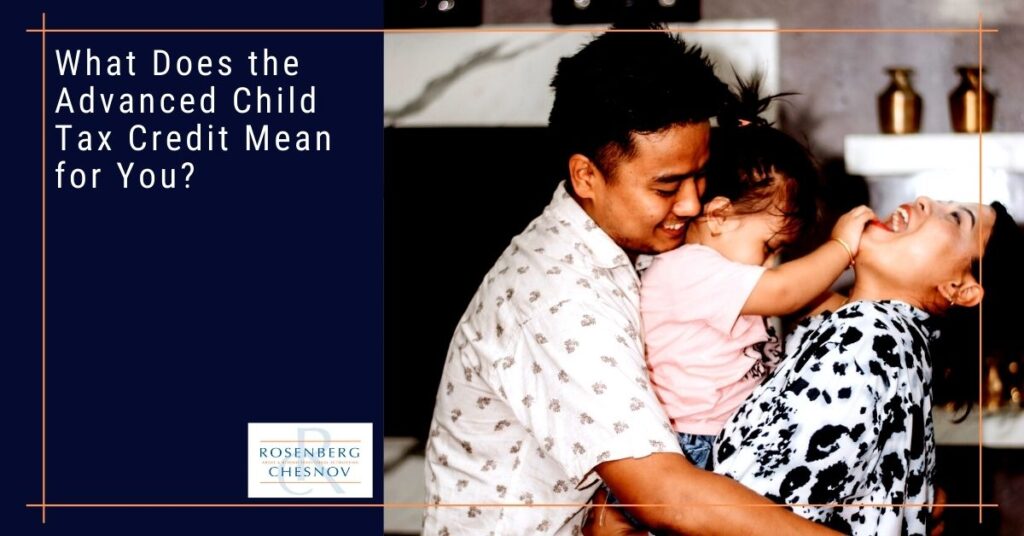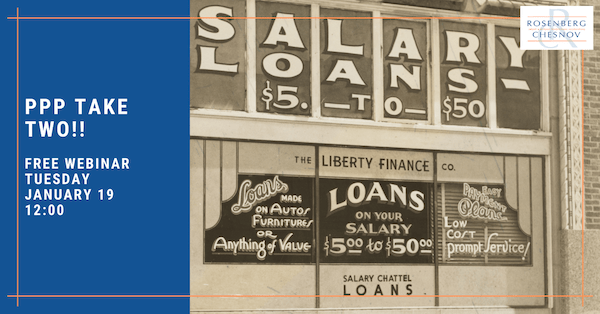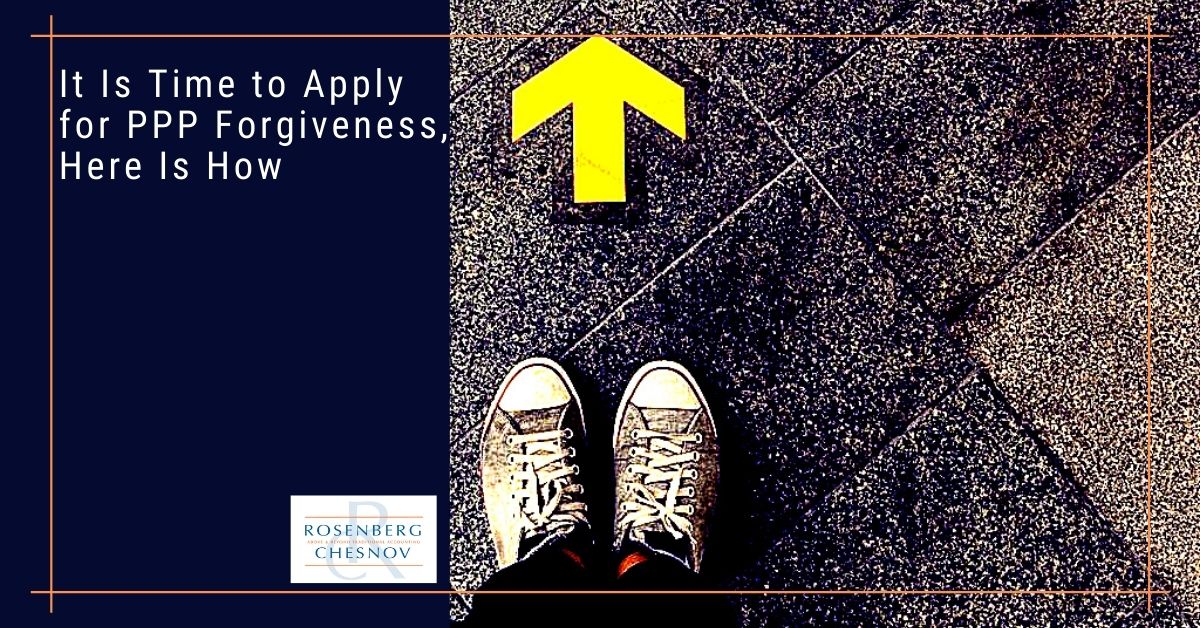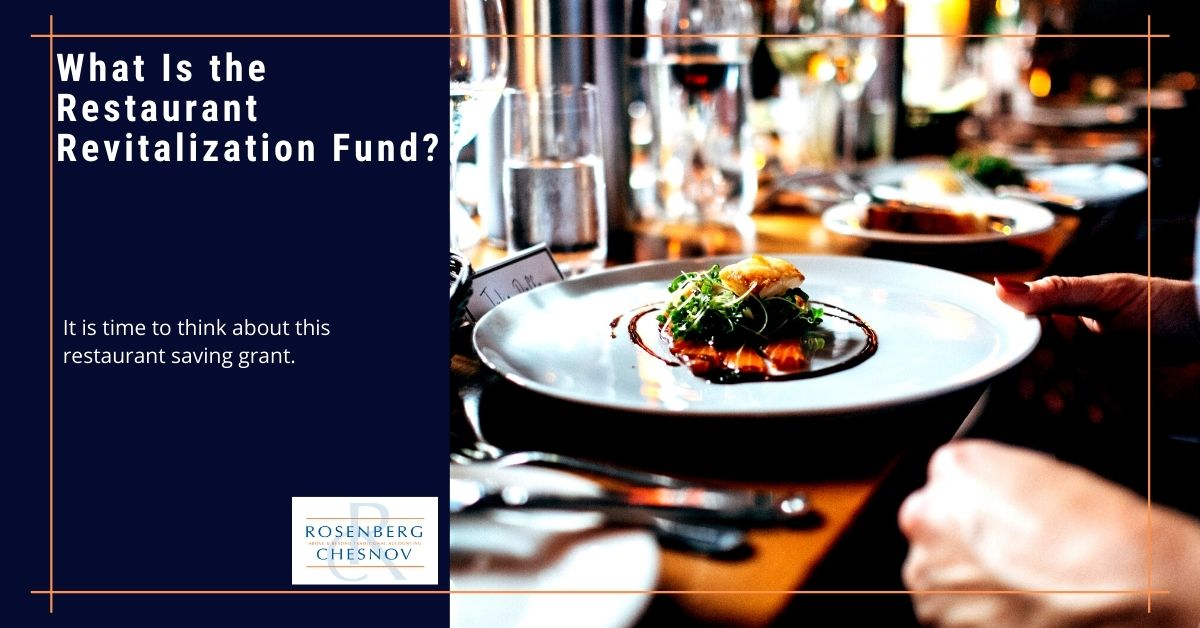

What does the Advance Child Tax Credit mean for you?
Category: COVID-19


Note, to qualify for the “second draw” you must have borrowed money in the first round, a “first draw,” and spent the money.
If you did not apply for a PPP loan last year, you can now apply for a “first draw” PPP loan – that option is available to you and the banks should accept your application now.
Congress passed, the president signed, and now, finally, the Treasury and SBA have released guidance on the new PPP legislation. We are (rightfully) getting a lot of questions about this new loan, so here are some answers.
Over the past few weeks, there has been a lot of talk about the new PPP loans and gigabytes of newly minted Youtube videos making the rounds. But it was only today (January 8, 2021) that the Treasury and SBA released the rules, so please treat earlier instructions with some skepticism.
And, keep this in mind: these rules are legally subject to a 30-day comment period. However, the program is moving ahead now. This means that we will likely see some changes and tweaks here and there as we go forward with the applications.
We are here to help; please be patient with the rule changes and inconsistencies that will inevitably arise. We will update this blog post as information changes.
In the interim, here is what we know now. We don’t expect these things to change, but I, for one, learned in 2020 to always expect the unexpected.
This round of PPP loans is a “second draw.” To qualify, you must have received a PPP loan in 2020 (“first draw”) and used all of the funds for qualifying expenses.
The second draw rules are generally the same as for PPP-1, but there are some changes:
Neither the Treasury nor SBA has released more specific rules regarding exactly what falls into these categories. We expect clarification soon and will keep you informed.
We will keep reviewing the documents and rules as they come out and change and work to keep you informed.


Category: COVID-19


Category: COVID-19


Category: Accounting
Send us a message and we will contact you as soon as possible.
Jeff Coyle, CPA, Partner of Rosenberg Chesnov, has been with the firm since 2015. He joined the firm after 20 years of business and accounting experience where he learned the value of accurate reporting, using financial information as a basis for good business decisions and the importance of accounting for management.
He is a diligent financial professional, able to manage the details and turn them into relevant business leading information. He has a strong financial background in construction, technology, consulting services and risk management. He also knows what it takes to create organizations having built teams, grown companies and designed processes for financial analysis and reporting.
His business experience includes:
Creating and preparing financial reporting, budgeting and forecasting.
Planning and preparation of GAAP and other basis financial statements.
Providing insight on financial results and providing advice based on those results.
Jeff also has a long history of helping individuals manage their taxes and plan their finances including:
Income tax planning and strategy.
Filing quarterly and annual taxes.
Audit support.
General financial and planning advice.
Prior to joining the firm in 2015, Jeff was in the private sector where he held senior financial and management positions including Controller and Chief Financial Officer. He has experience across industries, including construction, technology and professional services which gives him a deep understanding of business.
Jeff graduated from Montclair State University, he is a CPA and member of the American Institute of Certified Public Accountants, New York State Society of Certified Public Accountants and New Jersey State Society of Public Accountants.
Jody H. Chesnov, CPA, Managing Partner of Rosenberg Chesnov, has been with the firm since 2004. After a career of public accounting and general management, Jody knows the value of good financials. Clarity, decision making, and strategy all start with the facts – Jody has been revealing the facts and turning them into good business results for more than three decades.
He takes a pragmatic approach to accounting, finance and business. His work has supported many companies on their path to growth, including helping them find investors, manage scaling and overcome hurdles. His experience and passion for business reach beyond accounting and he helps businesses focus on what the numbers mean organizationally, operationally and financially.
He has a particular expertise in early-stage growth companies. His strengths lie in cutting through the noise to come up with useful, out of the box, solutions that support clients in building their businesses and realizing their larger visions.
Prior to joining the firm in 2004, Jody was in the private sector where he held senior financial and management positions including General Manager, Chief Financial Officer and Controller. He has experience across industries, which gives him a deep understanding of business.
Jody graduated with a BBA in Accounting from Baruch College, he is a CPA and member of the American Institute of Certified Public Accountants and New York State Society of Certified Public Accountants.
In addition to delivering above and beyond accounting results, Jody is a member of the NYSCPA’s Emerging Tech Entrepreneurial Committee (ETEC), Private Equity and Venture Capital Committee and Family Office Committee.
He is an angel investor through the Westchester Angels, and has served as an advisor for many startup companies and as a mentor through the Founders Institute.